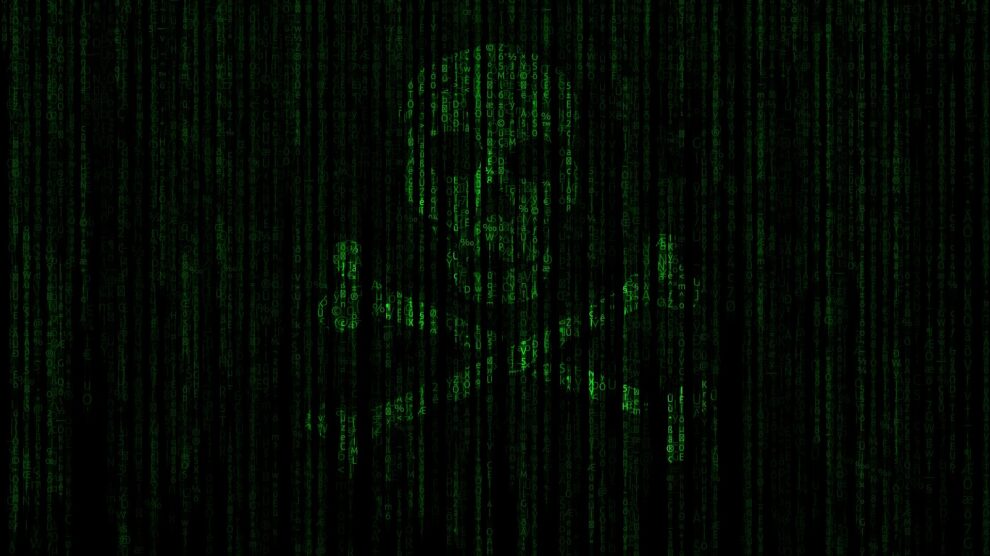While technology has made things easier for businesses, it has also come with several risks like ransomware attacks. These attacks have become very common, with some businesses losing their data or money. But what is ransomware attack, and why is it such a huge threat?
A Ransomware attack is some form of cyberattack where a hacker encrypts your files. The attacker will then demand ransom in exchange for restoring your data. It is important that you have measures in place that can lower the risk of a ransomware attack. But if you are ever a victim of these attacks, here are the steps you can take in such a situation.
Try And Remain Calm
It is almost impossible to stay calm when you have been locked out of your important files. It is also possible that your business may temporarily stop. Amidst all this chaos, your mind works overtime, making it impossible to remain calm. Still, try and stay collected, as that will help you come up with a solution. For starters, do not rush to pay the ransom before analyzing the extent of the situation you are in. It can be something simple that you can solve in a short time without causing a significant financial loss. Plus, remaining calm can help you negotiate with the attacker.
Separate The Affected Devices
Another important step to take is isolating the devices that have been affected. This will help stop the malware from spreading to other systems. Ransomware usually scans the targeted network and encrypts any files you have stored on network shares in a bid to try and move to other systems. This can make the problem more challenging to handle. To prevent the spread, isolate the affected systems immediately.
Assess The Gravity Of The Situation
Assess your situation immediately to see the extent of the disruption. This will help you address any concerns from clients, leaders, consumers, etc. Plus, you cannot come up with a response plan if you do not know how bad the damage is. You can also use your phone or camera to take a photo of the note appearing on the screen. In case it gets to a point where you are alerting the police, this will be part of the evidence.
Secure Backups
Backups are also not safe from ransomware. Most hackers often target backups and try to delete, override or encrypt them. To save your files, secure your backups by disconnecting them from the rest of the system. You can also lock down access to your backup systems until the situation has been resolved.
Inform The Affected Parties
Most industries that are prone to ransomware attacks deal with a lot of user data and sensitive information. And if that data has been compromised, you need to inform the affected people. Come up with a communication strategy on how you will communicate with all the necessary parties. This also ensures that you have complied with breach of notification laws. Depending on your business, you may have to alert the following:
- Your insurer
- Your bank
- Your employees
- Your customers and clients
Identify the Source Of The Malware
To understand how the attackers were able to gain access to your system, you have to identify the source of infection. This will help you pinpoint any actions they might have undertaken and the extent of the infection. Detecting the source of the malware not only helps you resolve the problem at hand, but you can also address any weaknesses in the system to avoid potential future attacks.
It can be hard to identify the exact source of the attack. Often, the threat will have been in your system for several weeks or months before the ransomware is deployed. It is important for companies, especially small businesses that do not have an in-house digital forensic team, to find a professional that can help them with this problem.
Report To Law Enforcement
It is advisable to contact the police after a ransomware attack instead of handling the situation on your own. Even if the reputation of your company is at stake, you should still contact the authorities. This is a crime, and you are a victim. And even though the police may not be able to help you get your files, they can find ways to help other people avoid a similar situation.
Deciding To Pay Or Not
If the attack has already gotten to your backup files, you may be tempted to pay to recover your files. But even though paying the ransom may be cheaper than the cost of downtime, this is not a decision to be made easily. Businesses should only pay ransom after they have explored all other options, and any loss of data can lead to the business shutting down. Plus, you are not sure whether the attackers will give you the decryptor. Besides, ransom payments are at times used to fund some serious crimes like terrorism and human trafficking.
Ransomware attacks can disrupt your business and lead to a significant financial loss. But you can minimize the risk of an attack by taking the necessary security measures. With that said, if you ever find yourself in the middle of a ransomware attack, take the steps mentioned above.





